Disclosure: This article contains affiliate links. We may earn a commission from purchases at no extra cost to you, which helps our travel content.
There's something utterly mesmerizing about gliding through the misty waters of Inle Lake at dawn, watching leg-rowing fishermen balance precariously as they cast their nets in a tradition dating back generations. As an urban planner accustomed to analyzing how cities function, I find myself equally captivated by how life on Inle Lake represents a completely different kind of infrastructure – one built entirely on water. During my recent winter escape from Belfast's relentless drizzle, I discovered that this enchanting corner of Myanmar's Shan State isn't just a photographer's dream; it's also surprisingly accessible for budget travelers. With careful planning and local insights gathered from my week-long adventure, I managed to experience the full magic of this floating world for under $30 a day – without sacrificing authentic experiences or comfort. Grab your notebook (and perhaps a waterproof bag) as I walk you through how to navigate this remarkable destination without draining your bank account.
Getting to Inle Lake: Transportation Hacks for the Budget-Conscious
The journey to Inle Lake is half the adventure, and thankfully, it needn't be an expensive one. Most travelers arrive via Heho Airport, about an hour's drive from Nyaungshwe, the main gateway town to the lake. While flying domestically within Myanmar can be pricey, I've found that booking well in advance through local airlines like Air KBZ or Mann Yadanarpon can secure fares as low as $60-80 from Yangon.
For the truly budget-conscious, overnight buses from Yangon, Mandalay, or Bagan offer substantial savings. The JJ Express and VIP buses I researched run around $15-20 and provide surprisingly comfortable reclining seats. I opted for this route from Bagan, departing at 9 PM and arriving in Nyaungshwe around 5 AM – just in time to catch the lake coming alive at sunrise. Yes, the winding mountain roads make for a bumpy ride, but my inflatable travel pillow made all the difference between arriving refreshed versus feeling like I'd been through the wringer.
Once at Heho Airport or the Nyaungshwe bus station, you'll need transport to town. This is where the tourist tax becomes evident – official taxis charge around $20-25 from the airport. Instead, I walked just beyond the airport perimeter (about 200 meters) and negotiated with local drivers, securing a shared pickup truck ride for just $5. From the bus station to town, motorbike taxis charge around $1-2, or you can walk the 15 minutes if you're traveling light.
A word on the tourist entry fee: there's a mandatory 15,000 kyat (about $7) Inle Zone entry fee collected at a checkpoint before entering Nyaungshwe. This is unavoidable, but the ticket is valid for your entire stay, so keep it safe.
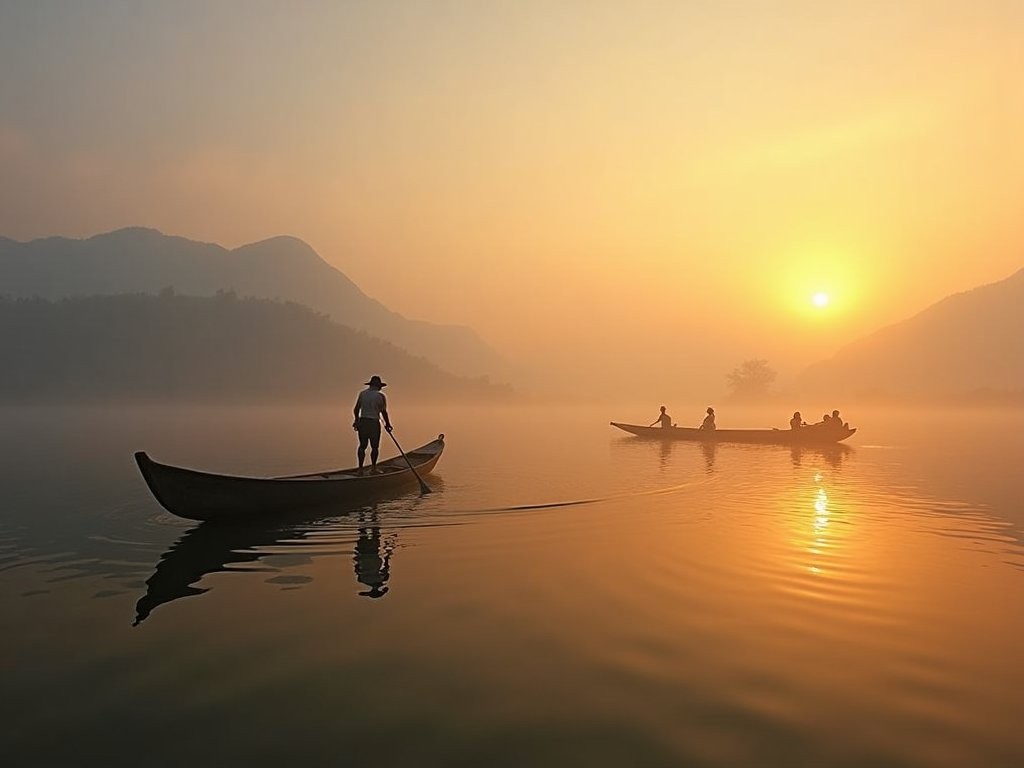
💡 Pro Tips
- Book domestic flights at least 2 months in advance for the best rates
- For overnight buses, choose the VIP options for just a few dollars more – the extra comfort is worth it
- Download Maps.me before arrival as it works offline and shows detailed paths around Inle Lake that Google Maps misses
Budget Accommodation: Where to Rest Your Head for Under $10
Nyaungshwe, the jumping-off point for Inle Lake adventures, offers a surprising range of budget-friendly accommodation options. During my winter visit (December-February), which coincides with high season, I was initially concerned about finding affordable lodging. However, the town has adapted beautifully to the backpacker circuit with numerous guesthouses and hostels catering to budget travelers.
My home for the week was Ostello Bello Nyaungshwe, where a clean dorm bed with breakfast included set me back just $8 per night. Beyond the comfortable sleeping arrangements, what made this place exceptional value was the abundance of freebies – from filtered water and coffee all day to occasional family-style dinners where I connected with fellow travelers planning boat trips for the following day. The communal atmosphere meant I quickly found companions to share boat hire costs, effectively halving one of my biggest daily expenses.
For those preferring more privacy, basic double rooms with private bathrooms can be found for $15-20 at family-run guesthouses like Aquarius Inn and Remember Inn. These places offer a more authentic experience, with local families often providing insider tips on lesser-known spots around the lake. The key advantage of staying at these smaller establishments is the personal connection – my host at Aquarius arranged a boat trip with her cousin who charged significantly less than the standard tourist rate.
If you're really stretching your kyat, several hostels offer basic fan rooms with shared bathrooms for as little as $5-7 per night. Song of Travel Hostel stands out in this category, with hammocks on the rooftop providing a perfect sunset viewing platform.
A crucial budget tip: never book accommodation for your entire stay in advance. I booked just two nights online and then negotiated a better weekly rate in person, saving about 30% compared to booking platforms. Most places offer substantial discounts for longer stays during all but the absolute peak periods (Christmas and New Year).

💡 Pro Tips
- Book just 1-2 nights online, then negotiate in person for extended stays
- Choose accommodation that includes breakfast to save on meal costs
- Look for places with free drinking water refills to avoid buying plastic bottles
Navigating the Lake: Boat Tours and Transport Strategies
Inle Lake's watery highways are its primary transportation network, and mastering the boat system is essential for budget travelers. The standard tourist experience involves hiring a longtail boat for a full-day lake tour, which typically costs around 20,000-25,000 kyat ($10-12) when arranged directly through your accommodation. However, this price assumes you're hiring the entire boat – which seats 4-5 people comfortably.
As a solo traveler, I immediately headed to the main boat jetty in Nyaungshwe my first morning and asked around to join other travelers. Within minutes, I'd connected with a French couple and a German backpacker, bringing our per-person cost down to just $3 each for a full day on the lake. This approach requires flexibility with timing and itinerary, but the social aspect adds immeasurably to the experience.
For my subsequent explorations, I discovered another budget hack: the local boat taxi network. These are smaller boats used by locals to travel between villages and cost a fraction of tourist boats. At the southern end of the main canal in Nyaungshwe, I found these departing regularly throughout the morning. For just 1,000-2,000 kyat (about $0.50-1), I could hop on a shared boat heading to specific villages like Inthein or the rotating market (which moves between different lake villages on a five-day cycle).
Bicycle exploration offers another economical alternative for reaching nearby attractions. Many guesthouses provide free bikes, or you can rent one for about 1,500-2,000 kyat ($0.75-1) per day. I spent a delightful afternoon cycling the 5km to the Red Mountain Estate Vineyards, where for just 5,000 kyat ($2.50), I sampled four locally-produced wines while enjoying spectacular lake views.
When planning your boat itinerary, be strategic about the tourist sites that charge entry fees. The Jumping Cat Monastery (where cats no longer jump, sadly) and some floating gardens can be visited without additional costs, while Phaung Daw Oo Pagoda and some craft workshops charge small entrance fees. I found my waterproof dry bag invaluable for protecting my camera and journal during unexpected rain showers and the occasional splash from enthusiastic oarsmen.
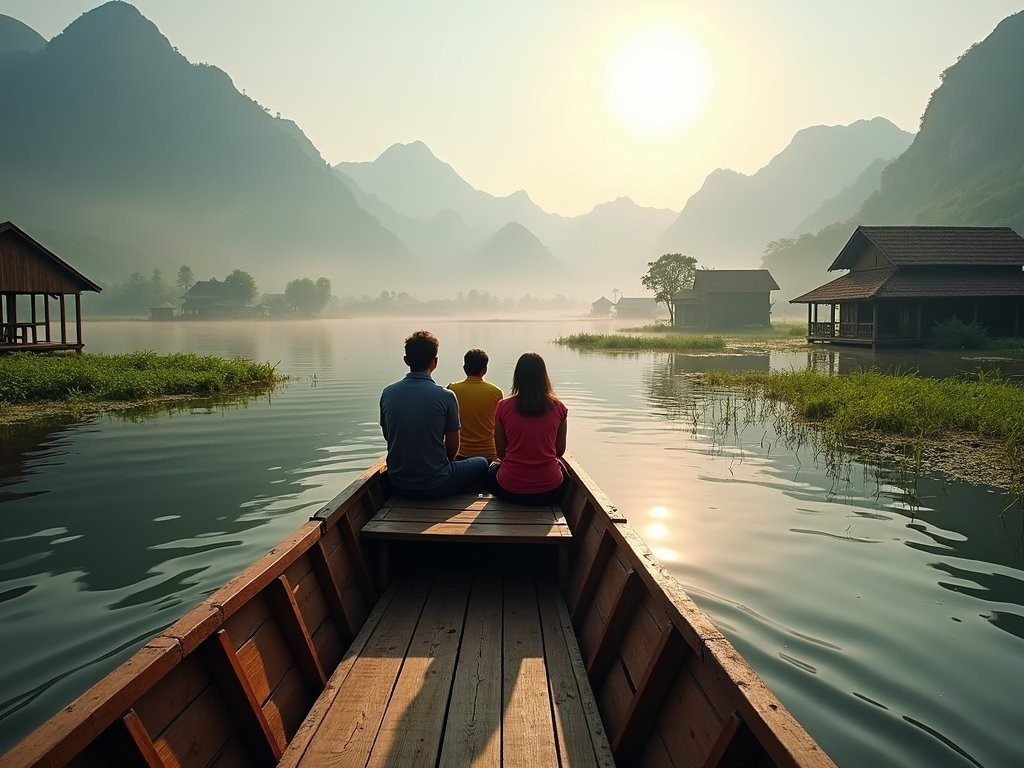
💡 Pro Tips
- Arrive at the main jetty by 8 AM to find other travelers to share boat costs
- Learn the phrases 'how much' (beh-lau-leh) and 'too expensive' (sei-ma-kaung-bu) for effective negotiating
- Ask your boat driver to start at the furthest point and work backward to avoid the main tourist crowds
Eating Like a Local: Food Markets and Budget-Friendly Feasts
As someone who believes food markets are the beating heart of any destination, I made Nyaungshwe's vibrant morning market my first stop. Located just east of the main canal, this daily affair (roughly 6-10 AM) offers a fascinating glimpse into local Shan cuisine while providing the cheapest eats in town. For breakfast, I became addicted to mohinga – a fragrant fish noodle soup that costs just 1,000 kyat (about $0.50) from street vendors. The market is also perfect for assembling picnic supplies for boat trips – fresh fruit, sticky rice wrapped in banana leaves, and deep-fried Shan tofu made for perfect portable lunches at around 2,000-3,000 kyat ($1-1.50) total.
For sit-down meals, Nyaungshwe offers a spectrum of options, but the real budget finds are away from the main tourist street. Lin Htett Myanmar Traditional Food, tucked down a side alley, became my regular dinner spot. Their Shan noodles – a regional specialty with rice noodles, marinated chicken or pork, and peanuts – cost just 2,500 kyat ($1.25) and came with complimentary green tea. The family-run Bamboo Hut near the eastern edge of town serves enormous portions of curry with rice, soup, and side dishes for 3,000-4,000 kyat ($1.50-2).
On the lake itself, floating restaurants cater primarily to tourists and charge accordingly. However, I discovered that the small family homes on stilts often welcome visitors for lunch if you ask your boat driver to make an introduction. One such impromptu stop resulted in the best meal of my trip – freshly caught fish steamed with herbs from their floating garden, served with rice and vegetables for just 4,000 kyat ($2).
Tea culture runs deep in the Shan State, and tea shops offer excellent value refreshment breaks. At Win Nyunt Tea House near the market, I enjoyed bottomless Chinese tea with complimentary sunflower seeds for just 500 kyat ($0.25). For those craving Western comfort, Inle Heart View Restaurant offers decent espresso for 1,500 kyat ($0.75) – a fraction of what you'd pay at more tourist-oriented cafes.
Self-catering is another budget strategy worth considering. The portable water filter I brought along meant I could safely drink tap water throughout my stay, saving approximately $2-3 daily on bottled water – a significant portion of a $30 daily budget.
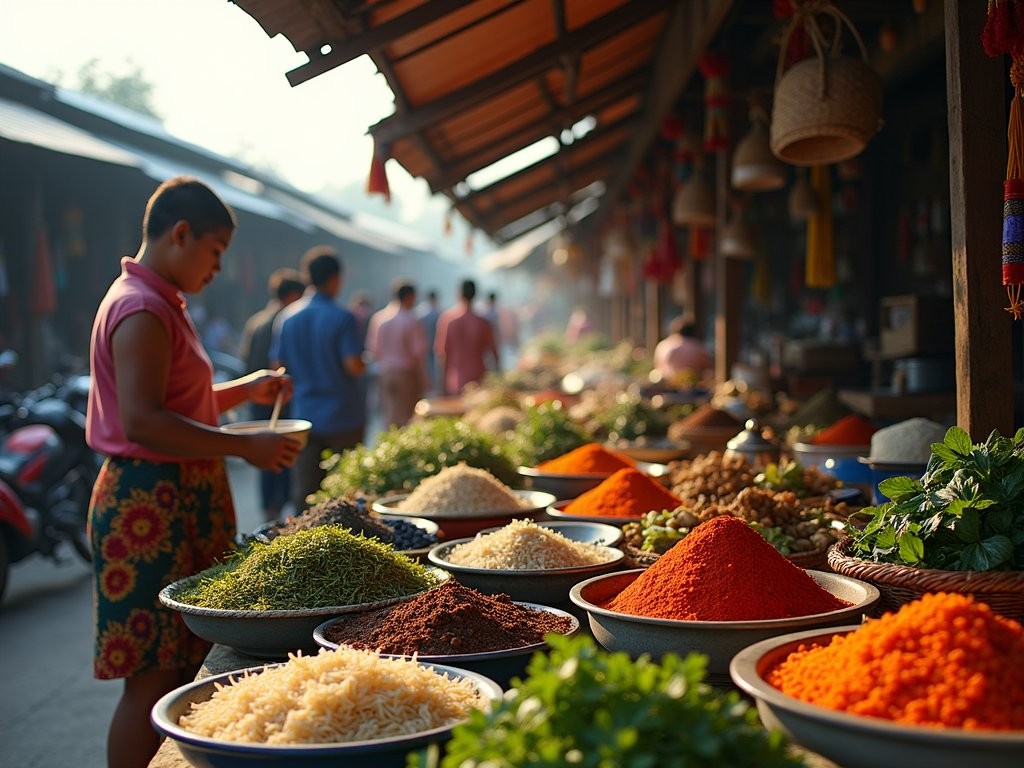
💡 Pro Tips
- Eat your main meal at lunch when prices are often 30% lower than dinner
- Look for restaurants where locals outnumber tourists – prices will be lower and food more authentic
- Learn to say 'thank you' in Burmese ('kyeizu tin ba deh') – small courtesies often lead to generous portions
Cultural Immersion Without the Price Tag
The true magic of Inle Lake lies in its unique cultural tapestry, woven from the traditions of the Intha people and numerous ethnic minorities who call the region home. While certain cultural experiences come with hefty price tags aimed at tourists, I discovered numerous ways to meaningfully connect with local culture without spending much at all.
The rotating five-day market is perhaps the most authentic cultural experience available, completely free except for what you choose to purchase. This market moves between different villages around the lake, following a schedule dictated by the lunar calendar. My host at the guesthouse happily provided the current schedule, and I planned my boat sharing accordingly. Unlike the more touristy permanent markets, here I witnessed genuine trading between Pa-O, Shan, Intha, and Danu people in traditional dress, each group distinguishable by their unique headwear and clothing styles.
Religious sites offer another window into local culture without entrance fees. While Phaung Daw Oo Pagoda (the lake's most famous) charges foreign visitors, numerous smaller pagodas and monasteries welcome respectful visitors free of charge. I spent a contemplative morning at Shwe Yan Pyay, a beautiful teak monastery near Nyaungshwe where young novice monks were eager to practice their English. This unplanned interaction provided more cultural insight than any paid tour could have offered.
Craft workshops around the lake typically expect visitors to purchase their wares, but I found several where artisans were happy to demonstrate their skills without pressure. At a small family-run weaving workshop near Inpawkhon village, I watched women creating intricate lotus fiber textiles – a technique unique to Inle Lake. When I expressed genuine interest in the process rather than the products, the grandmother of the family spent nearly an hour showing me each step, from extracting the fibers to creating the finished cloth.
For a deeper understanding of local agricultural practices, I simply asked my boat driver to navigate through the floating gardens rather than just past them. These ingenious hydroponic systems where tomatoes, squash, and flowers grow on floating islands of water hyacinth and lake sediment represent a fascinating adaptation to lake living. My driver, noting my interest, proudly showed me his family's garden plot and explained their seasonal planting techniques.
Evenings in Nyaungshwe offered unexpected cultural encounters. At the small night market near the clock tower, local musicians sometimes gather informally. I spent one memorable evening listening to traditional Shan music played on handmade instruments, eventually being invited to try (rather unsuccessfully) playing a horsehair fiddle myself, much to everyone's amusement.
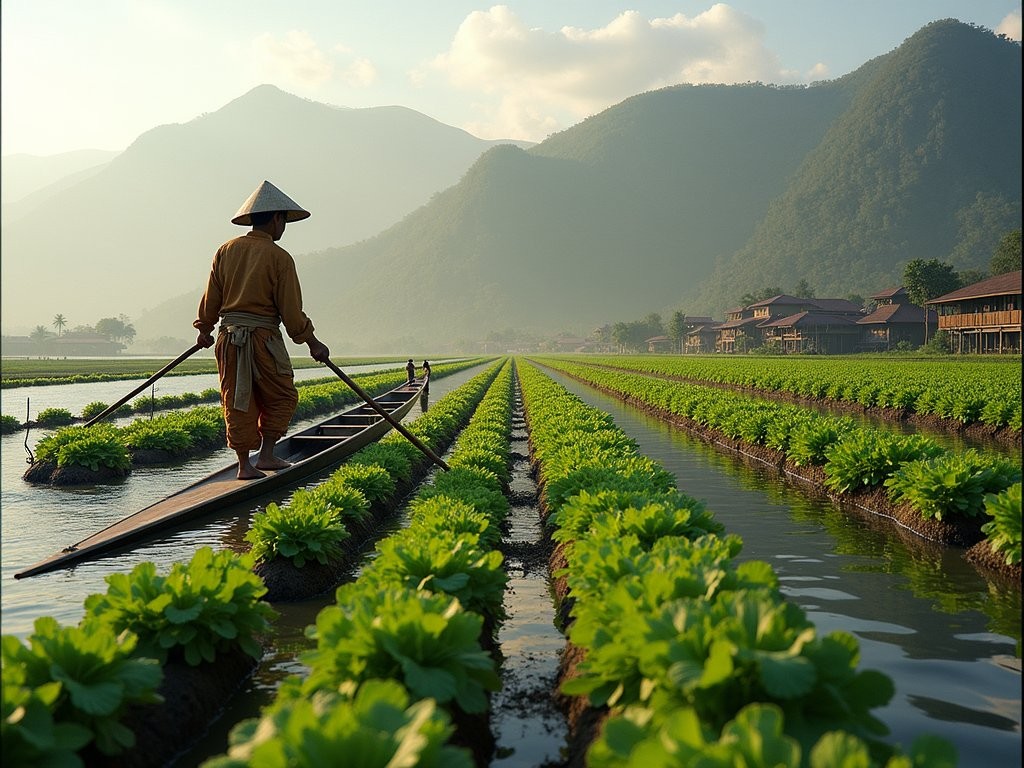
💡 Pro Tips
- Learn a few basic Burmese phrases – locals appreciate the effort and often respond with unexpected generosity
- Carry small denominations of kyat for spontaneous market purchases and donations at religious sites
- Ask permission before photographing people, especially at religious sites – a smile and gesture toward your camera is usually sufficient
Off-the-Beaten Path: Hidden Gems Beyond the Tourist Trail
While Inle Lake's main circuit offers plenty to occupy budget travelers, some of my most memorable experiences came from venturing beyond the standard tourist itinerary. These detours not only provided more authentic interactions but often cost significantly less than popular attractions.
The village of Indein, with its forest of ancient stupas, appears on most tourist itineraries, but few visitors venture beyond the main complex. After exploring the primary site, I followed a barely visible path that wound uphill for about 20 minutes. This led me to an entirely separate collection of crumbling stupas completely devoid of other visitors. The silence and sense of discovery made this free excursion one of my trip highlights.
Similarly, while most boat tours include stops at workshops selling expensive handicrafts, I asked my boat driver to visit his own village instead. This unscripted detour led to Nampan, where I was invited into a family home built on stilts over the water. The grandmother was weaving fishing nets while children played on the wooden porch. No money changed hands, but I had brought school supplies from Nyaungshwe which were gratefully received – a more meaningful exchange than any commercial transaction.
For those with reasonable fitness levels, the hills surrounding the lake offer excellent hiking opportunities with minimal cost. I dedicated one day to exploring the hills east of Nyaungshwe, hiring a local guide for 15,000 kyat ($7.50) through my guesthouse. We trekked through Pa-O tribal villages where few tourists venture, sharing lunch with a family who had never had a foreign visitor before. The perspective of seeing the lake from above, with its patchwork of floating gardens and villages, provided a completely different understanding of this aquatic ecosystem.
Another budget-friendly discovery was the hot springs at Khaung Daing village. While the tourist-oriented springs charge around $10 entry, locals pointed me toward community hot springs where I paid just 1,000 kyat ($0.50) to soak alongside villagers. The experience was not only cheaper but infinitely more authentic, with impromptu language lessons from curious locals.
For nature enthusiasts, the Inle Wetland Sanctuary on the lake's southern edges offers excellent birdwatching opportunities. Rather than booking an expensive tour, I arranged with a local fisherman to take me at dawn for 10,000 kyat ($5). We glided silently through misty channels as the lake awakened, spotting numerous species including the rare Jerdon's bushchat and collared falconet. My compact binoculars proved invaluable here, allowing detailed wildlife observation without the weight of heavier equipment.

💡 Pro Tips
- Ask local residents rather than tour operators for recommendations on hidden spots
- Learn the phrase 'I want to go where tourists don't go' in Burmese for more authentic experiences
- Carry small gifts like pencils or English language books for village schools – more meaningful than giving money
Final Thoughts
As my boat glided back toward Nyaungshwe on my final evening, the setting sun casting long shadows across the lake's mirror-like surface, I tallied my expenses for the week. Including accommodation, food, transport, and activities, I'd averaged just under $30 per day – proving that this extraordinary destination remains accessible to budget travelers willing to embrace local ways of doing things. What struck me most about Inle Lake wasn't just its obvious photogenic beauty or unique cultural practices, but how its inhabitants have created such a harmonious relationship with their watery environment – something we urban planners could learn much from. The Intha people's ingenious adaptations to lake living represent sustainability practices developed over centuries rather than implemented through policy. Whether you're a student on holiday break or a budget traveler seeking authentic experiences, Inle Lake offers a rare combination of cultural richness, natural beauty, and economic accessibility. Pack light, bring an open mind, and prepare to be transformed by Myanmar's most magical waterworld – all without draining your bank account.
✨ Key Takeaways
- Sharing transportation costs with other travelers can reduce your biggest expense by 50-75%
- Eating where locals eat not only saves money but provides more authentic culinary experiences
- The most meaningful cultural exchanges often happen for free in villages away from major tourist sites
- Winter (November-February) offers the best weather despite being high season, with only modest price increases for accommodation
📋 Practical Information
Best Time to Visit
November to February (dry season with cooler temperatures)
Budget Estimate
$25-35 per day including all expenses
Recommended Duration
4-7 days
Difficulty Level
Easy
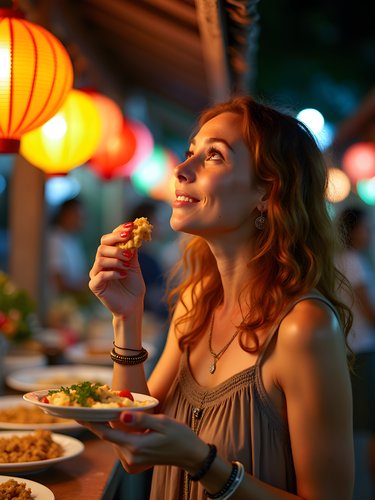
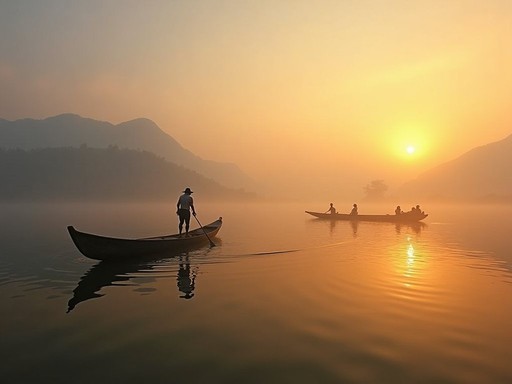
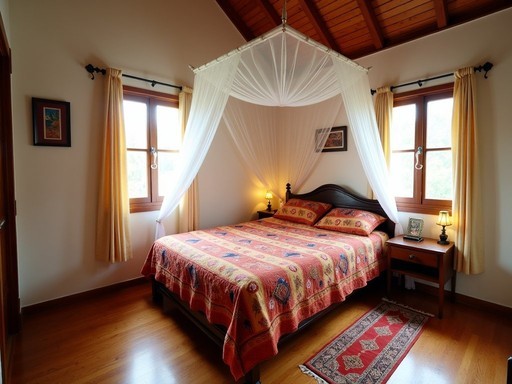
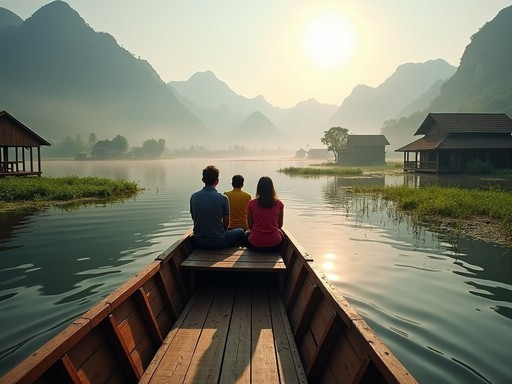
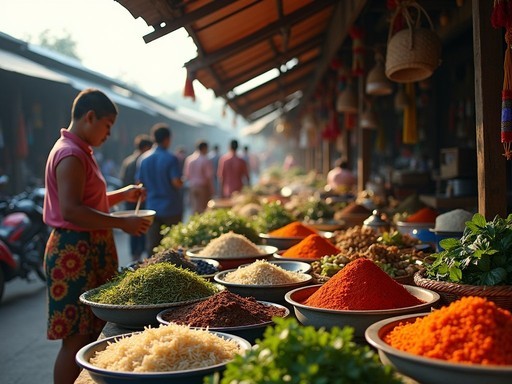
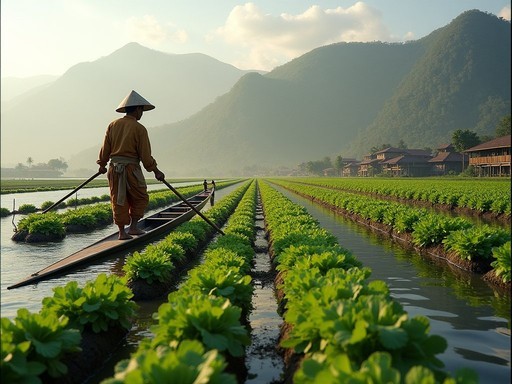
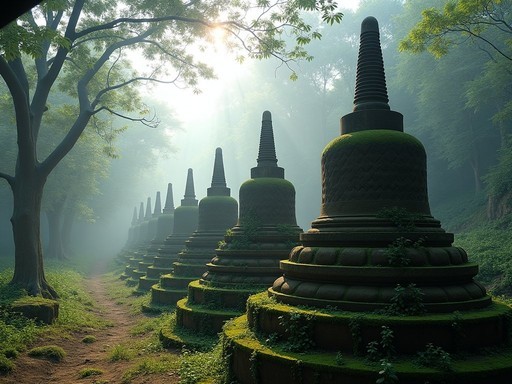


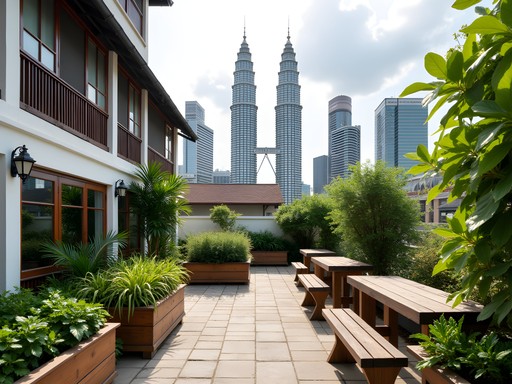
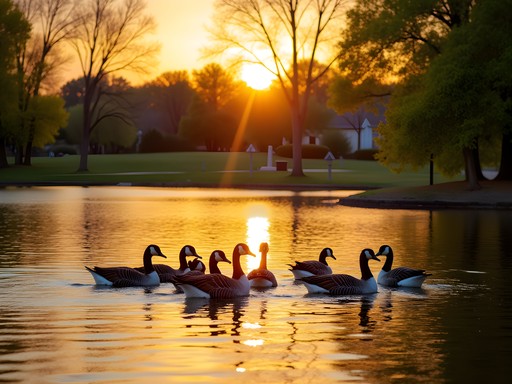
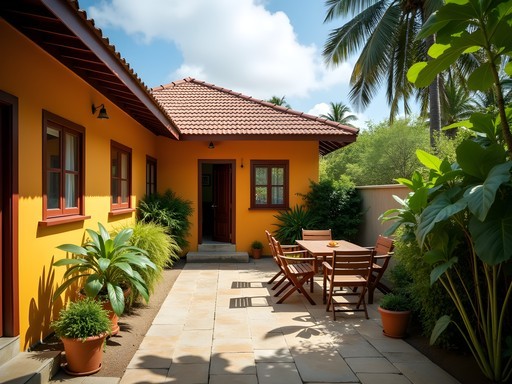
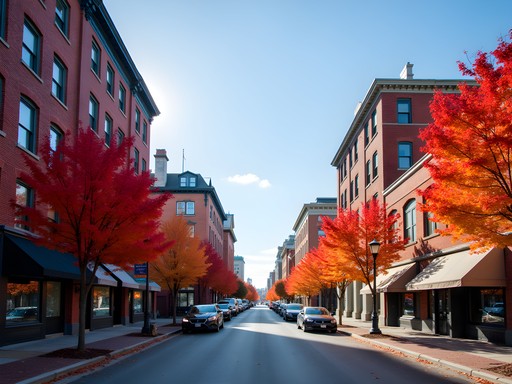
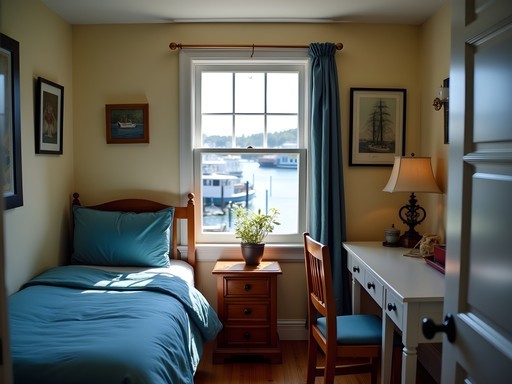
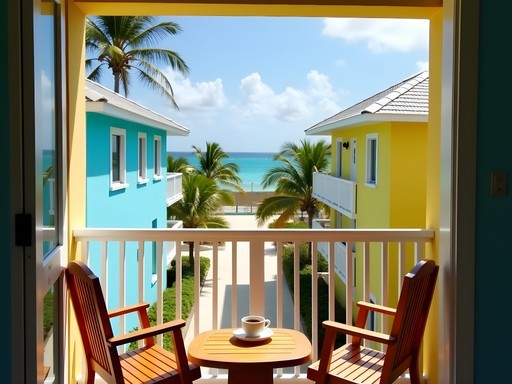

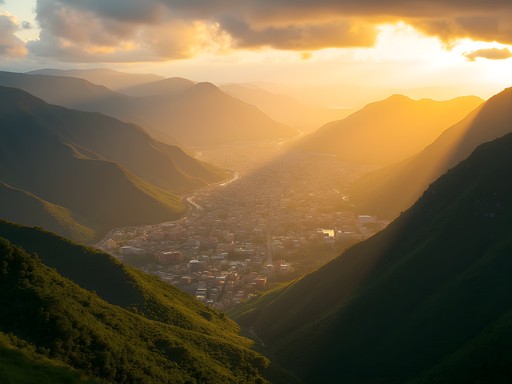
Comments
Taylor Moreau
Jean, excellent budget breakdown! Having visited Inle Lake multiple times for my guidebook research, I'd add that the shoulder seasons (late September/early October or March/April) offer the best value. You get good weather without peak season prices. For budget travelers, the community guesthouses in Maing Thauk village are even cheaper than Nyaungshwe options, plus you get a more authentic experience. The floating gardens are fascinating - ask your boat driver to show you how the farmers anchor them to the lake bottom!
Jean Shaw
Thanks Taylor! Great tip about Maing Thauk - I didn't make it there but will definitely check it out next time. The floating gardens were definitely a highlight!
greenwalker
Heading there next month! Any tips for getting from Yangon to Inle Lake? Is the overnight bus really as rough as people say?
wanderlustblogger
Not Jean, but I took the JJ Express bus last year and it was surprisingly comfortable! Bring a jacket though - they crank the AC like crazy. I used my travel pillow and slept pretty well.
greenwalker
Thanks for the tip! Will definitely pack warm clothes.
Megan Martin
Great breakdown of costs, Jean! I was at Inle Lake last year and can confirm these budget tips work well. For anyone planning a trip, I'd add that negotiating boat prices early in the morning (around 5:30-6am) often gets you better rates as captains are eager to secure their first customer. Also, the local markets rotate between villages on a 5-day schedule - worth planning around if you want to catch the largest one at Ywama. The handcrafted textiles make wonderful souvenirs and support local artisans.
greenwalker
Thanks for the market rotation tip! How safe did you feel as a solo traveler there?
Megan Martin
Very safe! Myanmar has its issues politically, but tourist areas are generally quite secure. People are incredibly honest and helpful.
journeyrider
$30 a day? That's impressive! Definitely saving this for later.
photoking
Those dawn shots of the fishermen are absolutely stunning! Makes me want to book a flight right now. Did you use any special camera settings to capture them in the mist?
Jean Shaw
Thanks! Just my trusty DSLR on aperture priority mode around f/4.0. The morning mist did all the work for me honestly!
photoking
Well they're fantastic. Adding Inle Lake to my bucket list for sure!
sunsetfan
Just got back from Inle Lake and used this guide religiously! The $8 accommodation tip was spot on - we stayed at Gypsy Inn and it was basic but clean with the most helpful staff. One thing to add: the boat tour prices have gone up slightly (now $18 for a shared full-day) but still incredible value. The local Shan noodles at the morning market were only $1 and honestly the best food we had in Myanmar. Thanks Jean for making our trip so affordable!
Jean Shaw
So happy to hear this was helpful for your trip! Thanks for the price update - good to know for other travelers.
sunnyace
Those sunrise photos are absolutely stunning! Adding this to my bucket list right now.
nomadmaster
Jean this is GOLD!! 🙌 One tip to add - if you're staying more than 2 days, definitely get the 3-day boat tour package from Mr. Aung near the main canal (blue boat #43). We paid $15 total for 3 half-days and he took us to all the workshops BUT didn't pressure us to buy anything. Also bring a dry bag because those boats splash more than you'd expect!
sunsetfan
Great post! I'm planning to visit in January. How safe did you feel as a solo traveler there? And is $30/day really doable with boat tours included?
Bryce Diaz
Not the author, but I was there solo last year and felt incredibly safe. The locals are some of the friendliest I've encountered in SE Asia. And yes, $30 is doable if you share a boat with other travelers (usually 5-6 people). Just hang around your hostel the night before and you'll easily find people to split with!
sunsetfan
Thanks Bryce! That's super helpful. Any hostel recommendations?
Bryce Diaz
I stayed at Song of Travel Hostel in Nyaungshwe. Great for meeting other travelers and they help arrange shared boats. About $8/night for a dorm when I was there.
wildfan
Just got back from Inle Lake last month and your guide would have saved me so much money! I ended up paying way too much for a boat tour ($25) because I didn't know how to negotiate. That sunrise boat ride was magical though - the fishermen really do balance on one leg while rowing with the other! Did anyone else visit the floating gardens? Those were my highlight.
sunnyace
The floating gardens were amazing! Did you try any of the tomatoes they grow there? So sweet!
wildfan
Yes! Bought some at the market in Nyaungshwe. Best tomatoes ever!
Venture X
Premium card with 2X miles, $300 travel credit, Priority Pass